V-Zug Combair Bruksanvisning
Läs gratis den bruksanvisning för V-Zug Combair (48 sidor) i kategorin Ugn. Guiden har ansetts hjälpsam av 8 personer och har ett genomsnittsbetyg på 5.0 stjärnor baserat på 4.5 recensioner. Har du en fråga om V-Zug Combair eller vill du ställa frågor till andra användare av produkten? Ställ en fråga
Sida 1/48

Operating instructions
Combair
Oven • Hob
Produktspecifikationer
| Varumärke: | V-Zug |
| Kategori: | Ugn |
| Modell: | Combair |
| Inbyggd display: | Ja |
| Vikt: | 44000 g |
| Bredd: | 596 mm |
| Djup: | 569 mm |
| Höjd: | 598 mm |
| Grill: | Ja |
| Konvektionsmatlagning: | Ja |
| Antal lampor: | 2 lamp(or) |
| Antal ugnar: | 1 |
| Energiförbrukning (konventionell): | 0.78 kWh |
| Energieffektivitetsindex (EEI): | 102.6 |
| Ugnsstorlek: | Medium |
| Självrengörande: | Ja |
| Bakplåt: | Ja |
| Produktens färg: | Vit |
| Skärmtyp: | LED |
| Kontrolltyp: | Rotations- |
| Ugnstyp: | Elektrisk ugn |
| Ugnens nettokapacitet: | 52 l |
| Rengöringstyp: | Katalytisk |
| Djup med öppen dörr: | 440 mm |
| AC-inspänning: | 400 V |
| Lamptyp: | halogen |
| Apparatens placering: | Inbyggd |
| Växelström Frekvens: | 50 hz |
| Gångjärnssida: | Ned |
| Ström: | 10 A |
| Installationsfack, bredd: | 600 mm |
| Installationsfack, djup: | 605 mm |
| Installationsfack, höjd: | 600 mm |
| Ansluten effekt: | 3400 W |
| Inbyggd lampa: | Ja |
| Manöverplats: | Framsida |
| Totalt ugn (er) invändig kapacitet: | 52 l |
| Totalt ugn: | - W |
| Topp och undervärme: | Ja |
| Normalkokning: | Ja |
| Energiförbrukning (påtvingad konvektion): | 0.84 kWh |
| På/av-lampa: | Ja |
| Infällbara vred: | Ja |
Behöver du hjälp?
Om du behöver hjälp med V-Zug Combair ställ en fråga nedan och andra användare kommer att svara dig
Ugn V-Zug Manualer
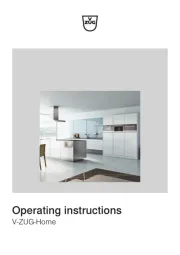
9 September 2025

1 September 2025
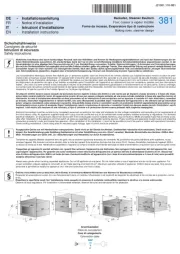
1 September 2025
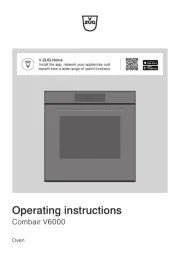
1 September 2025
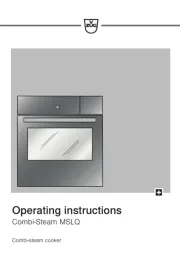
1 September 2025
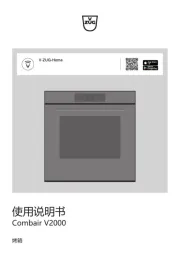
1 September 2025
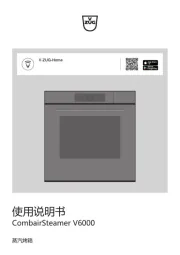
1 September 2025
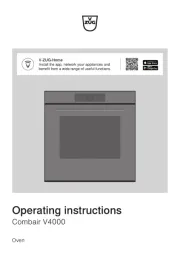
1 September 2025
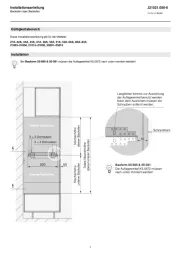
1 September 2025
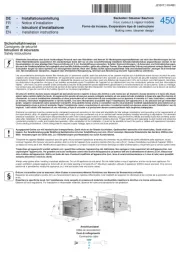
1 September 2025
Ugn Manualer
- Lacanche
- Kluge
- Diplomat
- Zanker
- Lamona
- OBU
- Taino
- Atosa
- Jamie Oliver
- Candy
- Wolf
- De Dietrich
- AEG
- Esperanza
- Curtiss
Nyaste Ugn Manualer
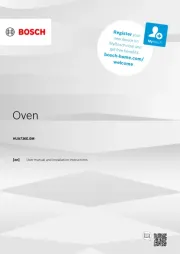
21 Oktober 2025

20 Oktober 2025
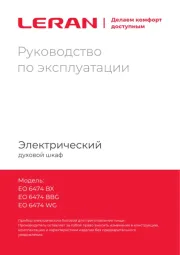
20 Oktober 2025
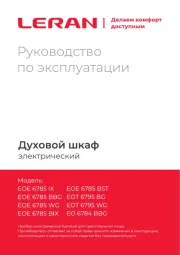
20 Oktober 2025
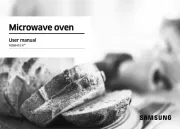
19 Oktober 2025
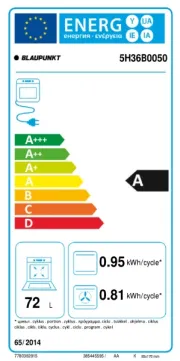
19 Oktober 2025

18 Oktober 2025

18 Oktober 2025

18 Oktober 2025

17 Oktober 2025